| s/y Nine of Cups Craters of the Moon National Monument, Idaho May 2012 |
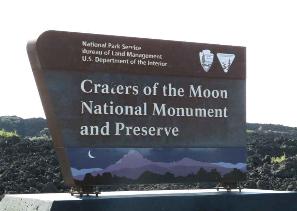
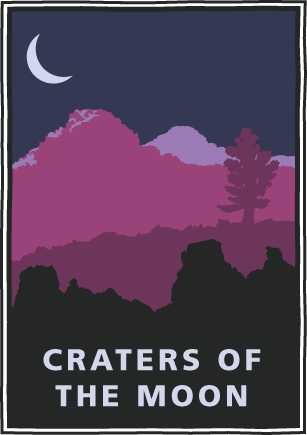
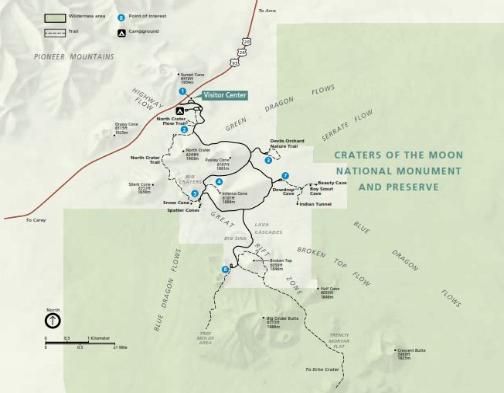
| Located in the Snake River Plain in central Idaho, Craters of the Moon National Monument and Preserve was the next stop on our itinerary. The protected area's features are volcanic and represent one of the best preserved flood basalt areas in the continental United States. Established as a Monument in 1924, it was expanded in November 2000. The Monument encompasses three major lava fields and about 400 mi² of sagebrush steppe grasslands. All three lava fields lie along the Great Rift of Idaho, with some of the best examples of open rift cracks in the world, including the deepest known on Earth at 800 feet (240 m). There are excellent examples of almost every variety of basaltic lava as well as tree molds (cavities left by lava-incinerated trees) and lava tubes (a type of cave). |
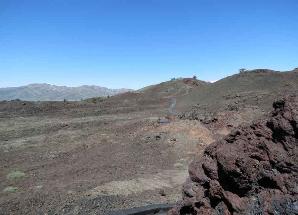
| Upon entering the monument area, the terrain changed suddenly from productive farmlands to barren, grey-black lava rock as far as the eye could see. We headed to the Visitor's Center first, got our permit for visiting the caves and a map of the Loop Road. |
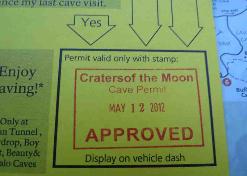
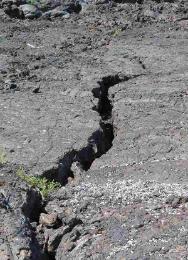
| The 60 distinct lava flows that form the Craters of the Moon Lava Field range in age from 15,000 to just 2,000 years. |
| Craters of the Moon National Monument was proclaimed on May 2, 1924 by U.S. President Calvin Coolidge to "preserve the unusual and weird volcanic formations". |
| Apollo astronaut, Alan Shepard, performed part of his training at Craters of the Moon Lava Field, learning to look for and collect good rock specimens in an unfamiliar and harsh environment. |
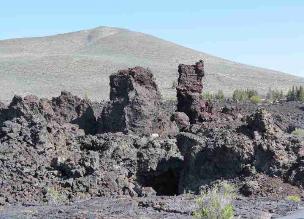
| A short trail crosses one of the youngest flows to monoliths, crater fragments rafted here by lava flows. Island-like lava fragments stand in a sea of cinders in the Devil's Orchard. Limber pines are deformed as the result of the parasite, dwarf mistletoe, and are called "witches' broom". The tangled, gnarled trees add to the eerie look and feel of the area. |

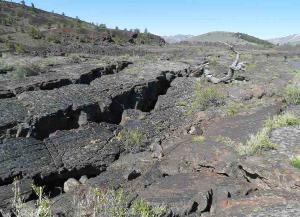
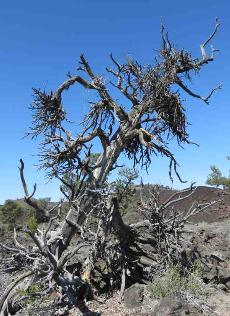
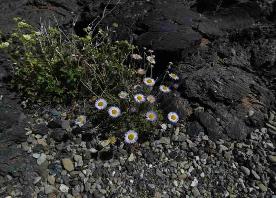
| Despite the harsh environment, flowers still grow. Fleabane to the left and mountain strawberry (right) eke out a life between the cracks and rifts in the basalt. |
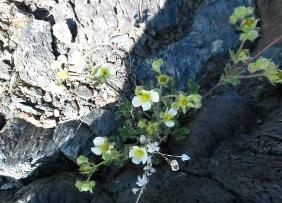
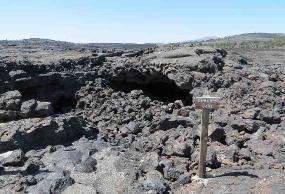

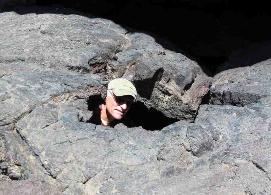

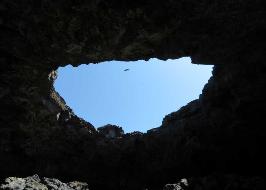
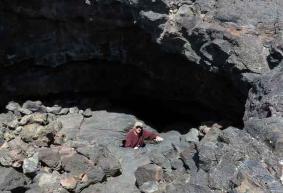
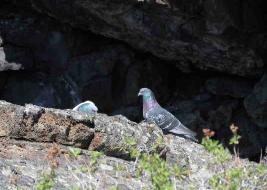
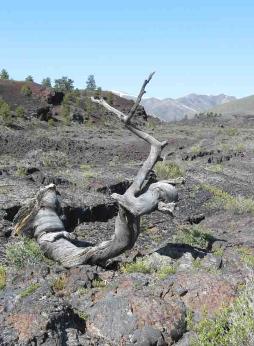

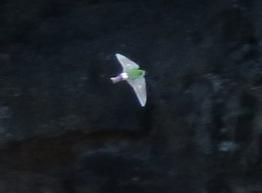
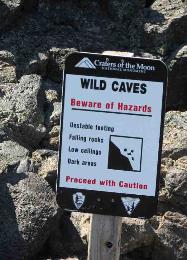
| Lava tubes are natural conduits through which lava travels beneath the surface of a lava flow, expelled by a volcano during an eruption. They can be actively draining lava from a source, or can be extinct, meaning the lava flow has ceased and the rock has cooled and left a long, cave-like channel. We were very interested in exploring some of the lava tubes at Craters, hence the reason for obtaining the cave permit. We had lava-tubed in the Galapagos Islands, but never explored any in the US. These tubes were shorter and less intimidating, but interesting nonetheless. |
| Natural light entered the cave via holes in the crust. |
| Some of the tubes, like the Dewdrop Cave above, have collapsed over time. |
| A close-up of the interior of Indian Tunnel shows drips of lava on the cave's ceiling that cooled and solidified before dropping. |
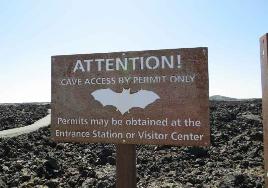
| White-nose syndrome, a disease which affects the caves' bats is a real concern and we had to disinfect our shoes before entering. |
| We didn't see any bats, but rock pigeons and violet-green swallows continually swooped through the cave providing an eerie "swoosh" above our heads as we negotiated the sharp, rugged terrain along the length of the cave. |
| Climbing out of Indian Tunnel through a tiny hole in the cave's ceiling was a bit of a scramble. We followed a well-marked trail across the lava field back to the pathway. |
| A native American proverb... |
| The bright blue sky, snow-capped mountains in the distance and sparse green vegetation provided a sharp contrast to the barren, black lava fields. |
| Next national park on our list? Yellowstone, the world's first national park and it's spectacular. Are you coming? |
| Have you checked out: National Parks & Monuments? American Odyssey...Part I? (Las Vegas to Denver) American Odyssey...Part II? (Denver to Boston) American Odyssey...Part III? (Boston to Vegas) Birds of North America? Wildflowers of North America? |